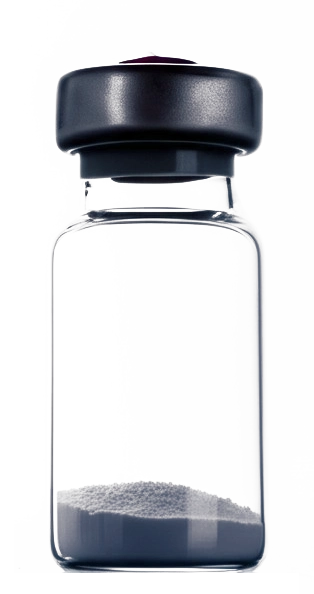Performance-enhancing peptides have gained considerable attention in the world of sports and athletic training. Athletes are always looking for ways to improve their performance, and peptides offer a promising avenue. Peptides are short chains of amino acids that play critical roles in various physiological functions. These functions range from muscle growth and repair to enhanced endurance and fat burning. In this section, we will delve into the basics of performance-enhancing peptides, how they work, and why they are becoming increasingly popular among athletes. These compounds, often referred to as athletic performance peptides, are designed to optimize the bodys natural processes. This optimization allows athletes to train harder, recover faster, and achieve peak performance levels. Understanding the science behind these peptides is essential for anyone considering their use. Peptides influence many bodily functions. Some peptides stimulate the release of growth hormone, which is essential for muscle growth and repair. Others enhance the production of red blood cells, improving oxygen delivery to muscles and boosting endurance. Several peptides also aid in fat loss, helping athletes achieve a leaner physique. The appeal of performance-enhancing peptides lies in their targeted approach. They are designed to address specific aspects of athletic performance. This makes them a valuable tool for athletes looking to gain a competitive edge. However, it is crucial to understand the potential risks and benefits associated with their use. Several types of performance-enhancing peptides are available, each with its unique benefits. Muscle growth peptides are designed to stimulate muscle protein synthesis. This leads to increased muscle mass and strength. Recovery peptides accelerate the healing process after intense workouts, reducing muscle soreness and fatigue. Peptides for endurance enhance cardiovascular function, allowing athletes to sustain high levels of performance for longer periods. Fat-burning peptides promote the breakdown of fat cells, aiding in weight loss and improving body composition. The selection of the right peptides depends on the athletes specific goals and needs. Athletes should carefully consider the potential risks and benefits before using performance-enhancing peptides. While these peptides can offer significant advantages, they are not without potential side effects. It is essential to consult with a healthcare professional or sports medicine specialist to determine if peptides are right for you. A proper understanding of these substances, combined with informed decision-making, can help athletes optimize their training and achieve their performance goals. Remember, while peptides can enhance athletic potential, they should complement a balanced diet, proper training, and adequate rest for optimal results.







